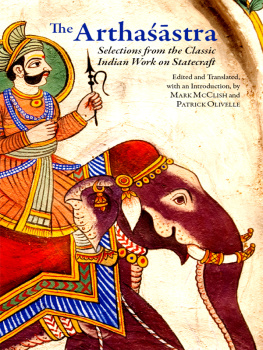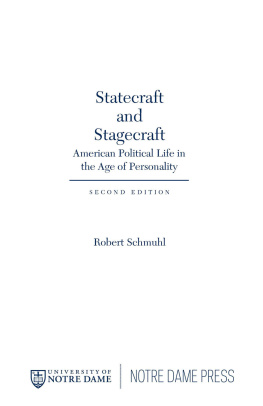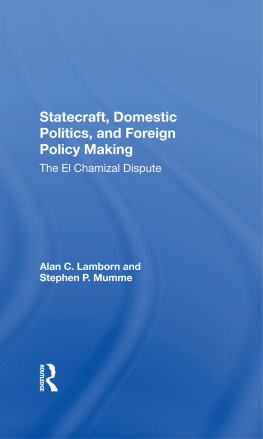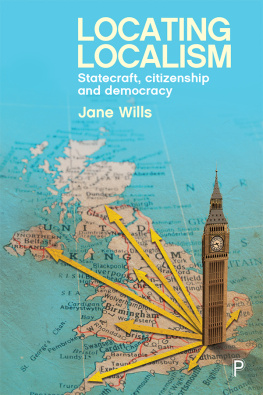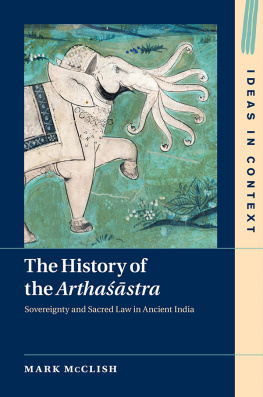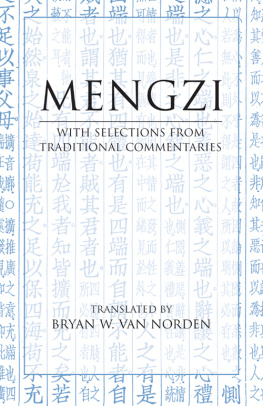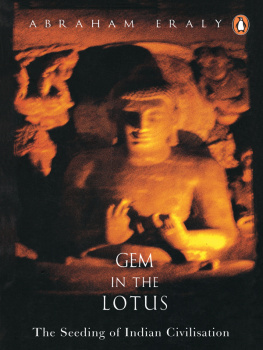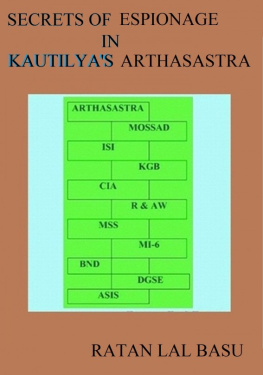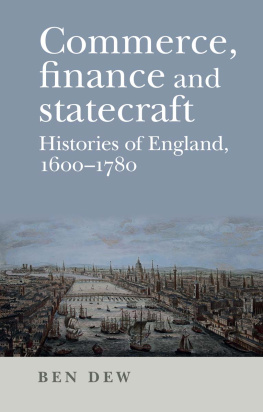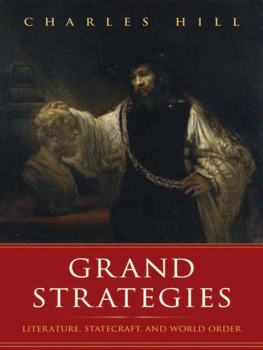OlivellePatrick - The Arthaśāstra selections from the classic Indian work on statecraft
Here you can read online OlivellePatrick - The Arthaśāstra selections from the classic Indian work on statecraft full text of the book (entire story) in english for free. Download pdf and epub, get meaning, cover and reviews about this ebook. City: India;Indianapolis;Ind, year: 2012, publisher: Hackett Publishing Company, Inc., genre: Religion. Description of the work, (preface) as well as reviews are available. Best literature library LitArk.com created for fans of good reading and offers a wide selection of genres:
Romance novel
Science fiction
Adventure
Detective
Science
History
Home and family
Prose
Art
Politics
Computer
Non-fiction
Religion
Business
Children
Humor
Choose a favorite category and find really read worthwhile books. Enjoy immersion in the world of imagination, feel the emotions of the characters or learn something new for yourself, make an fascinating discovery.
- Book:The Arthaśāstra selections from the classic Indian work on statecraft
- Author:
- Publisher:Hackett Publishing Company, Inc.
- Genre:
- Year:2012
- City:India;Indianapolis;Ind
- Rating:5 / 5
- Favourites:Add to favourites
- Your mark:
- 100
- 1
- 2
- 3
- 4
- 5
The Arthaśāstra selections from the classic Indian work on statecraft: summary, description and annotation
We offer to read an annotation, description, summary or preface (depends on what the author of the book "The Arthaśāstra selections from the classic Indian work on statecraft" wrote himself). If you haven't found the necessary information about the book — write in the comments, we will try to find it.
OlivellePatrick: author's other books
Who wrote The Arthaśāstra selections from the classic Indian work on statecraft? Find out the surname, the name of the author of the book and a list of all author's works by series.
The Arthaśāstra selections from the classic Indian work on statecraft — read online for free the complete book (whole text) full work
Below is the text of the book, divided by pages. System saving the place of the last page read, allows you to conveniently read the book "The Arthaśāstra selections from the classic Indian work on statecraft" online for free, without having to search again every time where you left off. Put a bookmark, and you can go to the page where you finished reading at any time.
Font size:
Interval:
Bookmark:
The Arthastra
Selections from the Classic Indian
Work on Statecraft
The Arthastra
Selections from the Classic Indian
Work on Statecraft
Edited and Translated,
with an Introduction, by
Mark McClish and Patrick Olivelle
Hackett Publishing Company, Inc.
Indianapolis/Cambridge
Copyright 2012 by Hackett Publishing Company, Inc.
All rights reserved
Printed in the United States of America
16 15 14 13 12 1 2 3 4 5 6 7
For further information, please address
Hackett Publishing Company, Inc.
P.O. Box 44937
Indianapolis, Indiana 46244-0937
www.hackettpublishing.com
Interior design by Mary Vasquez
Composition by Innodata-Isogen, Inc.
Printed at Data Reproductions Corporation
Library of Congress Cataloging-in-Publication Data
Kautalya.
[Arthasastra. English. Selections]
The Arthasastra : selections from the classic Indian work on statecraft/edited and translated, with an introduction, by Mark McClish and Patrick Olivelle.
p. cm.
Includes bibliographical references and index.
ISBN 978-1-60384-849-7 (cloth)ISBN 978-1-60384-848-0 (pbk.)
1. Political scienceIndiaHistoryEarly works to 1800. 2. State, TheEarly works to 1800. 3. IndiaPolitics and governmentTo 997Early works to 1800. 4. IndiaSocial conditionsEarly works to 1800. I. McClish, Mark. II. Olivelle, Patrick. III. Title.
JA84.I4K3813 2012
320.0934dc23
2012014017
ePub ISBN: 978-1-60384-849-7
Like East Asia and the Mediterranean world, South Asia, in the first millennium before the Common Era, gave birth to a classical civilization. During this period, South Asia saw the integration of its political landscape, the advent of writing, the systematization of critical inquiry, the establishment of distinctive and long-lasting intellectual traditions, the rise of Jainism, Buddhism, and Classical Hinduism, and the evolution and maturation of formal disciplines of architecture, visual arts, dance, poetry, drama, and literature. In brief, this is the period during which a transregional South Asian culture took on its distinctive forms: mature, cosmopolitan, and self-reflective traditions that provided the subcontinent, as also regions of southeast and central Asia, with a shared cultural orientation and a common political, intellectual, ethical, philosophical, and aesthetic heritage. There is no consensus on the periodization of South Asian history, but for the purposes of this Introduction we consider the classical period to have lasted from approximately 600 BCE to 600 CE.
Of great importance to the evolution of a shared South Asian culture in the classical period was the development of elite intellectual traditions of inquiry into various topics and their systematization into a complete taxonomy of human knowledge. These traditions included grammar, mathematics, geometry, lexicography, poetics, astronomy, mathematics, architecture, ritual, dance, erotics, aesthetics, drama, law, philosophy, medicine, and, most pertinent to the present text, political science or statecraft. Each of these subjects and more became discrete intellectual traditions unto themselves, evolving sophisticated theories, developing technical vocabularies, and sustaining vibrant debate among diverse scholarly perspectives. Within each of these expert traditions emerged distinctive schools of thought, each with their characteristic dispositions and viewpoints, that passed on the teachings of their most revered masters through the generations.
The text presented to you in this reader is the most illustrious and important treatise (sastra) from the classical expert tradition on statecraft (artha), composed by a man named Kautilya and passed down by his followers, who called themselves and their school the Kautiliyas or the followers of Kautilya. Hence, this treatise on statecraft is called the Kautiliya Arthasastra, The Manual of Statecraft of Kautilya or of the Followers of Kautilya.
Part of the importance of the Kautiliya Arthasastra (hereafter simply referred to as the Arthasastra) derives from the fact that it is the only treatise devoted entirely to statecraft to have survived from the classical period. As such, it is an invaluable resource for understanding how intellectuals and rulers of that time understood and explained the project of running a kingdom. Given the vastness of such an undertaking, Kautilyas treatise provides a comprehensive look at classical society unparalleled by other sources from the period. In keeping with the enormous complexity of administering a kingdom, the Arthasastra deals with an incredible variety of topics, from the education of the king to the capturing of wild elephants, from the seasons for sowing crops to pulling down the walls of an enemys citadel, from metallurgy to divorce. Amidst such discussions, the Arthasastra grants us panoramic views of issues such as the relationship between the monarchy and religious institutions as well as ordinary glimpses of everyday life. Furnished with a pragmatic attitude about society and culture that is unclouded by the strong religious and ideological biases that pervade contemporary texts, the Arthasastra is the foremost textual source from the classical period for the study of South Asian politics and society.
This reader consists of English translations of excerpts from the Arthasastra selected and arranged by topic so as to present the teachings of the text in a manner congenial to the interests of modern readers and students. Each excerpt is introduced by an explanatory passage intended to provide the interpretive background necessary to understand it. Technical terms and concepts benefitting from further explication are discussed in footnotes. Special care is taken throughout to distinguish between what is normative in the text (how things ought to be) from what is descriptive (how things are). Despite these aids, however, the remoteness of the Arthasastra from the assumptions and priorities of todays world requires that readers familiarize themselves with the classical South Asian intellectual, cultural, and political milieu. To that end, this Introduction provides critical background on the composition of the Arthasastra, its historical context, and its perspective on statecraft and governance.
According to a long-standing South Asian tradition that is still widely accepted today, the Arthasastra was written toward the end of the fourth century BCE by a cunning and ruthless statesman named Canakya, who earned the nickname Kautilya, the crooked one, because of his reputation for using unethical means to achieve political goals. According to this tradition, Canakya was the chief minister of the emperor Candragupta Maurya (reigned 320298 BCE) and a Brahmana, a member of South Asias hereditary priestly class.
As the story goes, Canakyas political career began when he was publicly insulted by a king of the Nanda Dynasty (reigned 424321 BCE). Deeply humiliated by his mistreatment (Brahmanas were traditionally due great respect), an infuriated Canakya vowed to destroy the Nanda Dynasty utterly and completely. It was to be the Nanda kings great misfortune to have crossed Canakya, who, the legend tells us, was possessed of a special genius for politics and born with a remarkably vindictive character. Canakya recruited a young man named Candragupta Maurya to his cause, and with Canakyas guidance, Candragupta eventually overthrew the Nanda king, eradicated the Nanda Dynasty, and established ancient South Asias greatest political formation: the Maurya Dynasty (reigned 320185 BCE). His mission accomplished, it seems that Canakya retired from political life and composed his masterwork, the Arthasastra.
How much of this compelling story can actually be verified by contemporary sources? Alexander the Great invaded northwest South Asia in 327 BCE. Although he remained in South Asia for only a short time and never conquered into modern-day India, one of his successors, Seleukos Nikator, sent an ambassador named Megasthenes to the court of Candragupta. Megasthenes composed reports for his master, fragments of which have survived in the works of later writers. These and other Greek sources allow us to confirm that Candragupta did take the throne around 320 BCE and shortly thereafter had expanded his empire into the political vacuum left in northwest South Asia by Alexander the Greats withdrawal. Candraguptas accession marked the beginning of the Maurya Dynasty. His grandson, the famous Buddhist emperor Asoka (reigned 268233 BCE), expanded the Maurya Dynasty to its greatest extent, ruling nearly all of South Asia, and left a large number of inscriptions carved into rocks and pillars. Regarding the existence of Canakya or the
Next pageFont size:
Interval:
Bookmark:
Similar books «The Arthaśāstra selections from the classic Indian work on statecraft»
Look at similar books to The Arthaśāstra selections from the classic Indian work on statecraft. We have selected literature similar in name and meaning in the hope of providing readers with more options to find new, interesting, not yet read works.
Discussion, reviews of the book The Arthaśāstra selections from the classic Indian work on statecraft and just readers' own opinions. Leave your comments, write what you think about the work, its meaning or the main characters. Specify what exactly you liked and what you didn't like, and why you think so.

